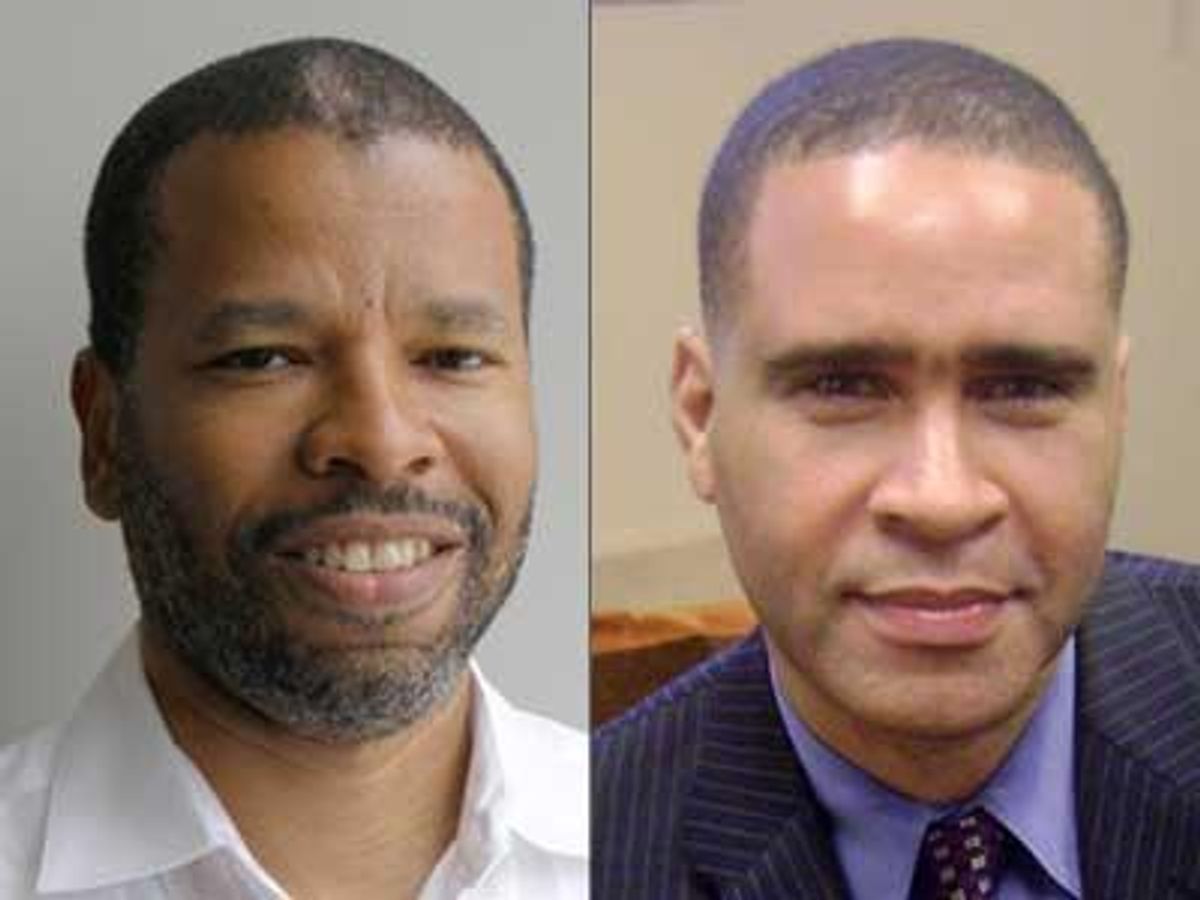The year 2005 was a pivotal moment in history of the HIV/AIDS epidemic among black men who have sex with men (known as MSM) in the United States. The Centers for Disease Control and Prevention revealed that a study in five U.S. cities found that 46% of black MSM in the survey were HIV-infected, and 67% of these men were unaware of their infection. The revelation sparked a loud outcry: The shocking disparity in HIV/AIDS among black men was not acceptable and something needed to be done to change the course of the epidemic.
Six years later, in 2011, a CDC review of surveillance data revealed more disconcerting news -- during the period of 2006 to 2009, new infections among black MSM aged 13 to 29 increased by a staggering 48%, more than twice the rate among young white MSM. No increase in the rate of new infections was found in any other demographic in the nation showed an increase in the rate of new diagnoses. More outcry.
The biannual International AIDS Society's conference is being held this month in Washington, D.C., back on U.S. soil for the first time in two decades following the repeal of the ban on people with HIV entering the country. Sadly, the news coming out of the nation's capital shows little progress in turning the tide of HIV among young,black MSM in America. In the words of President Obama, "We need to do more to show them that their lives matter."
Today researchers announced the HIV incidence data for a study conducted by the federally funded HIV Prevention Trials Network. The study, known nationally as the HPTN 061 BROTHERS Study (in Boston, the study was called Project SOS, for Saving OurSelves), enrolled 1,553 men in six U.S. cities: Atlanta; Boston; New York; Los Angeles; San Francisco; and Washington, D.C. Findings showed that the annual rate of new HIV infections among black MSM was 2.8%, and that among black MSM 30 years of age or younger, the rate of new infections was an astonishing 5.9%, which is three times that of white MSM. These data mean that within a decade, more than half of these young men would be HIV-infected if nothing was done to prevent their exposure.
The wide gap in HIV burden among young black MSM compared to other MSM cannot be explained by radical differences in behavior. In fact, epidemiologists at CDC and elsewhere have repeatedly shown that black men do not have a greater number of sexual partners, do not engage in riskier sexual activity, and do not have higher rates of drug use than white MSM. Ye, a young black MSM's risk of contracting HIV in his lifetime is exponentially higher. There are more fundamentally societal and environmental challenges underlying this dilemma that some in the HIV/AIDS field have seen emerging for years
In 2006, HIV prevention researcher Ron Stall gave a presentation titled "Re-Emerging HIV Epidemics and MSM in the United States" at the International AIDS Society's conference held in Toronto. Stall meticulously detailed how new HIV infection rates of seemingly modest amounts can compound over time in a population, resulting in staggering prevalence of infection in a population. Specifically, he noted that for African-American MSM, compounding new infection rates could result in a generation of men in which the majority became HIV-infected. It was a sobering theory to contemplate, to say the least. We are seeing it become a reality.
What do we do now? Crises can be enticing, generating excitement about finding a fast solution. Long-term, deeply entrenched problems seldom hold our attention for the long haul. (The drop in the sense of urgency about HIV, even within the LGBT community, is clear testimony to this.) The state of HIV prevention science is promising. The approval of an antiretroviral drug for use to prevent infection among HIV negative persons is a real breakthrough. Microbicides have shown some efficacy. A vaccine to prevent new infections will take longer to develop, but the possibility is not far-fetched, neither is the idea of a cure for people already infected. All this progress adds volume to the growing call to push for "the end of AIDS.''
However, this plight of young black MSM in America cannot be overlooked. It should give pause and remind us that the final battle against HIV/AIDS will not be swift or easy. It will require no less a combination of fierce moral, ethical, and political courage than the first 30 years of fighting the epidemic. We are closer than ever to achieving something we have spent these three decades hoping would arrive -- an end to the horror of HIV/AIDS. That day will not come until there are no more new HIV infections among young black MSM as well.
BENJAMIN PERKINS, M.Div., is associate director for Community Engagement at The Fenway Institute and GARY DAFFIN is executive director of the Multicultural AIDS Coalition. Both organizations participated in the HPTN 061 BROTHERS Study.


















































































Fans thirsting over Chris Colfer's sexy new muscles for Coachella